Failing Caraway Symptoms: Common Diseases Of Caraway Plants
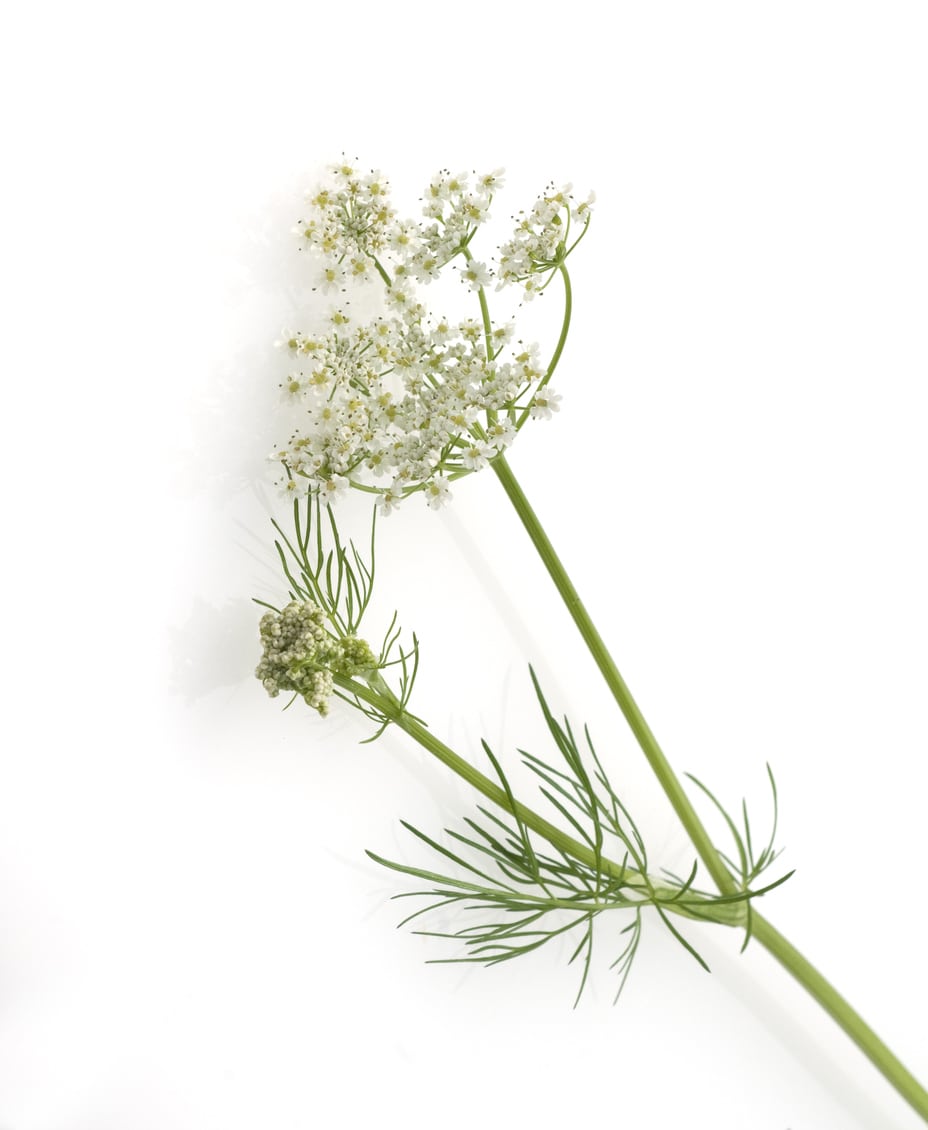

Caraway is a great herb to grow in the garden. While most people only think of the seeds as edible, you can actually eat the entire plant, including the roots that are similar to carrots and parsnips. Unfortunately, there are some caraway diseases that may harm, or even kill, your plants.
Potential Diseases of Caraway
Pests generally don’t attack and damage caraway, but there are some potential diseases that can inflict it. If you see sickly caraway plants in your herb or vegetable garden, look for signs that can help you diagnose the problem and treat it:
- Aster yellows. Leafhopper insects spread this disease, which causes yellowing in the flower heads and stems. Aster yellows also results in reduction in leaf sizes, malformed flowers, and failure to produce seeds.
- Blight. A fungal infection, blight disease causes flowers to turn brown or black and die, not producing seeds.
- Damping off or crown rot. These root rot diseases cause yellowing and early plant death in year one. By year two, infected plants are stunted, yellow, and fail to produce seeds.
- Phoma blight. This type of blight is carried in seeds and causes gray or black lesions on stems and may prevent seed formation.
- Powdery mildew. A fungal infection, powdery mildew covers leaves and stems with powdery, white spores and can reduce seed production.
Caraway Disease Control
Once you have taken note of your failing caraway symptoms and determined what the issue is, take steps to manage, treat, or prevent it next season:
- Look for and control leafhoppers to manage and prevent aster yellows disease.
- There are now varieties resistant to blight, so preventing or controlling it requires rotating crops to keep the fungus from building up in the soil. Choosing clean seeds is also important.
- Damping off or crown rot is favored by wet conditions, so make sure soil drains well and avoid watering too much.
- The best way to prevent phoma blight is to use only certified disease-free seeds.
- Control powdery mildew by preventing plants from getting stressed and ensuring they have adequate water, light, and nutrients.
Most of the diseases affecting caraway are fungal infections. There are a few fungicides that can be used with caraway. Try using these management practices before considering the use of a fungicide.
Gardening tips, videos, info and more delivered right to your inbox!
Sign up for the Gardening Know How newsletter today and receive a free copy of our e-book "How to Grow Delicious Tomatoes".

Mary Ellen Ellis has been gardening for over 20 years. With degrees in Chemistry and Biology, Mary Ellen's specialties are flowers, native plants, and herbs.
-
 Get Ready For A Summer Of Hummers! Grow These Full Sun Hummingbird Plants and Flowers
Get Ready For A Summer Of Hummers! Grow These Full Sun Hummingbird Plants and FlowersIf you’re lucky enough to enjoy a sunny backyard, make sure you are maxing out on your pollinator opportunities and grow these full sun hummingbird plants and flowers
By Tonya Barnett
-
 12 Lush Alternatives To A Lawn For Sustainable Spaces
12 Lush Alternatives To A Lawn For Sustainable SpacesAlternatives to a lawn are beautiful and also beneficial to your local ecosystem and its pollinators. Explore our top picks for plants to replace grass.
By Tonya Barnett
-
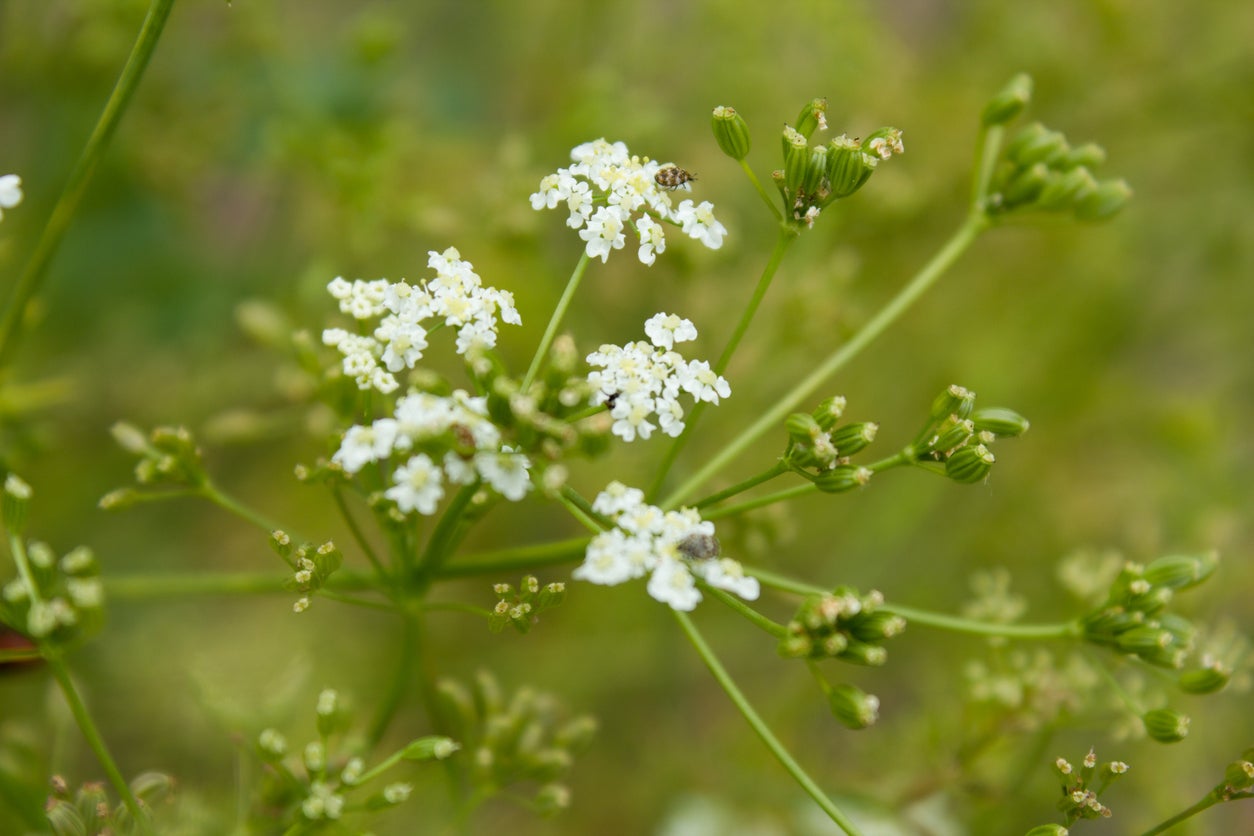 Varieties Of Caraway – Are There Different Caraway Plant Species You Can Grow
Varieties Of Caraway – Are There Different Caraway Plant Species You Can GrowYou can grow and harvest your own seed to use in the spice cupboard, but first you need to choose the varieties of caraway that will perform best in your garden. There are approximately 30 caraway plant species. Learn about some of them in this article.
By Bonnie L. Grant
-
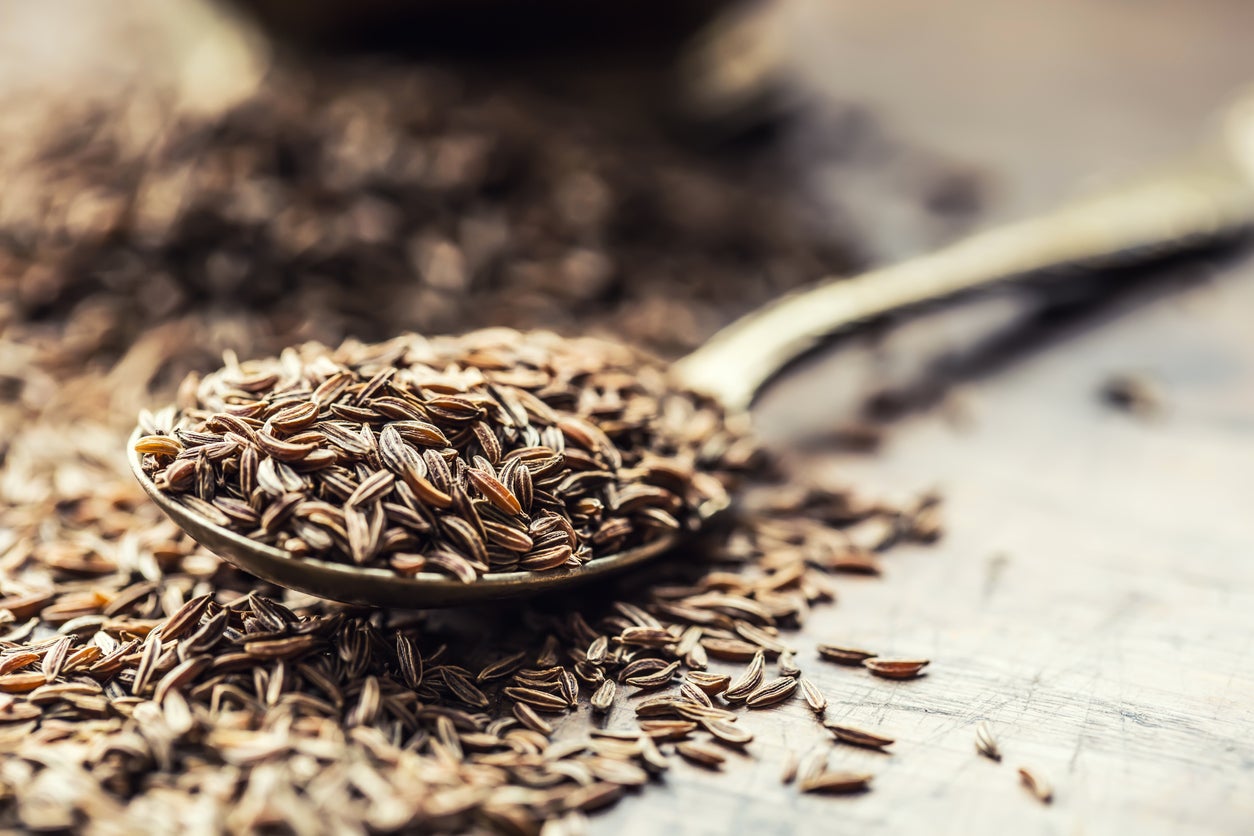 Storing Caraway: Learn How To Dry Caraway Seeds
Storing Caraway: Learn How To Dry Caraway SeedsIf you’re wondering how to preserve caraways seeds from plants grown in your garden, drying caraway is the easiest and safest way to go. Want to learn how to dry caraway seeds? Click this article for easy instructions.
By Mary H. Dyer
-
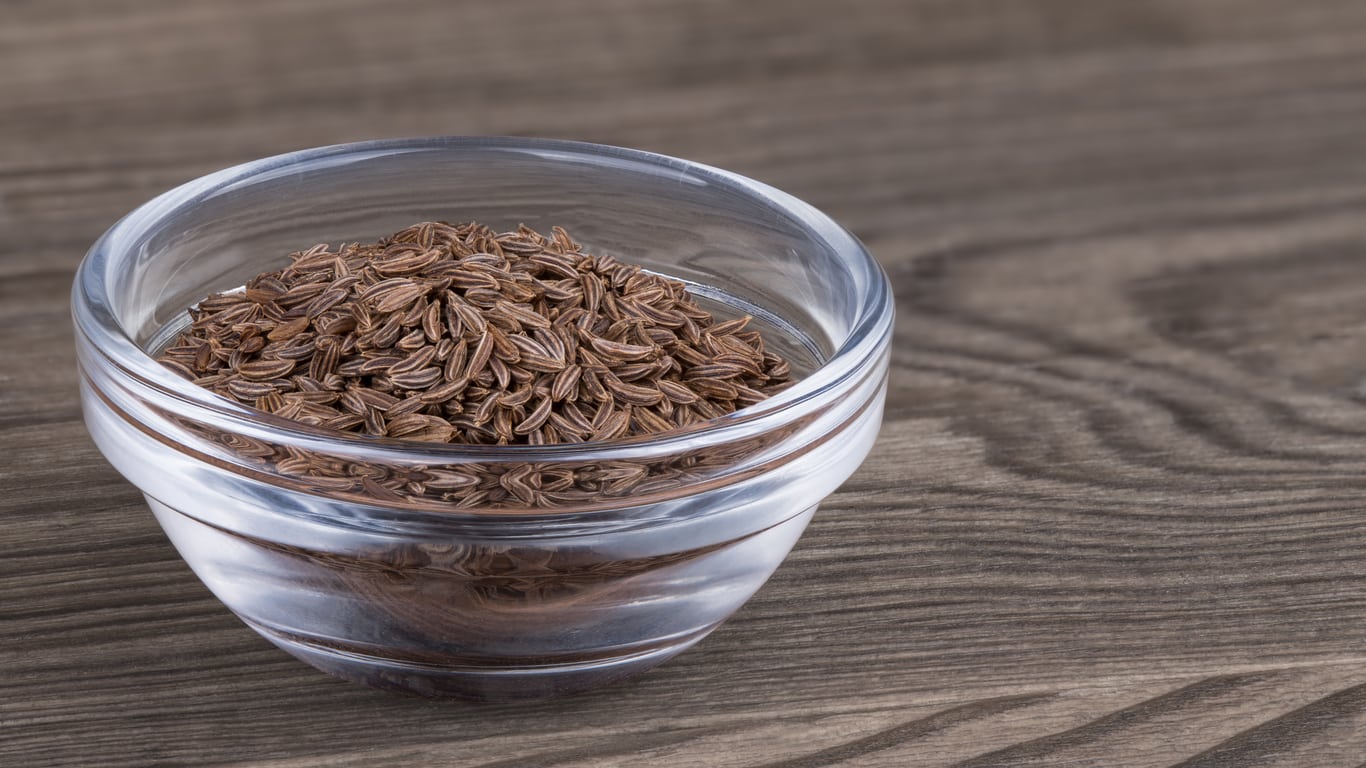 Common Caraway Benefits – Is Caraway Good For You
Common Caraway Benefits – Is Caraway Good For YouIs caraway good for you? Many gardeners are impressed by the health benefits of caraway and grow it for medicinal purposes. For information on using caraway for health, the following article can be of help. Click here to learn more.
By Teo Spengler
-
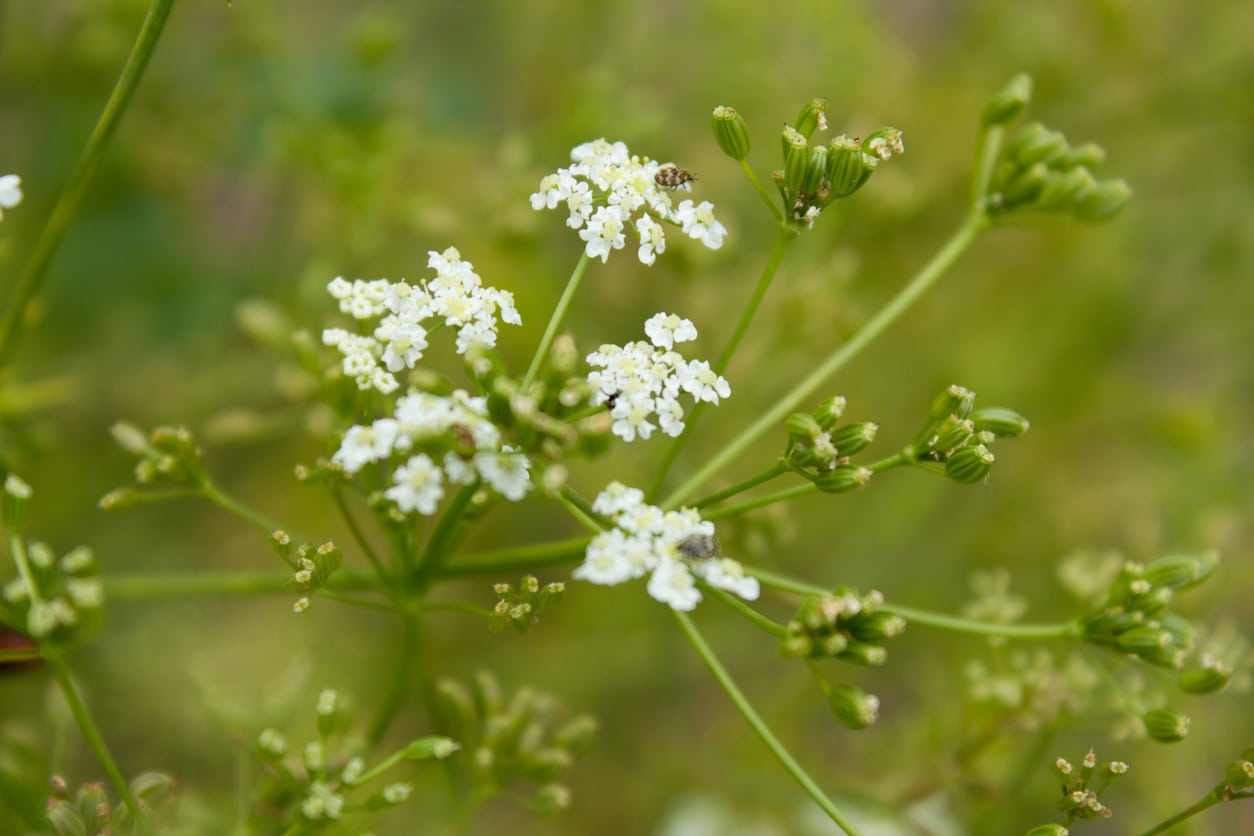 Caraway Issues In The Garden – Dealing With Disease And Pests Of Caraway
Caraway Issues In The Garden – Dealing With Disease And Pests Of CarawayCaraway is a biennial plant cultivated for its anise-like flavored seeds. It is a fairly easy herb to grow with very few caraway issues. Closely related to both carrots and parsley, problems with pests and diseases of caraway tend to be of the same kind. Learn more here.
By Amy Grant
-
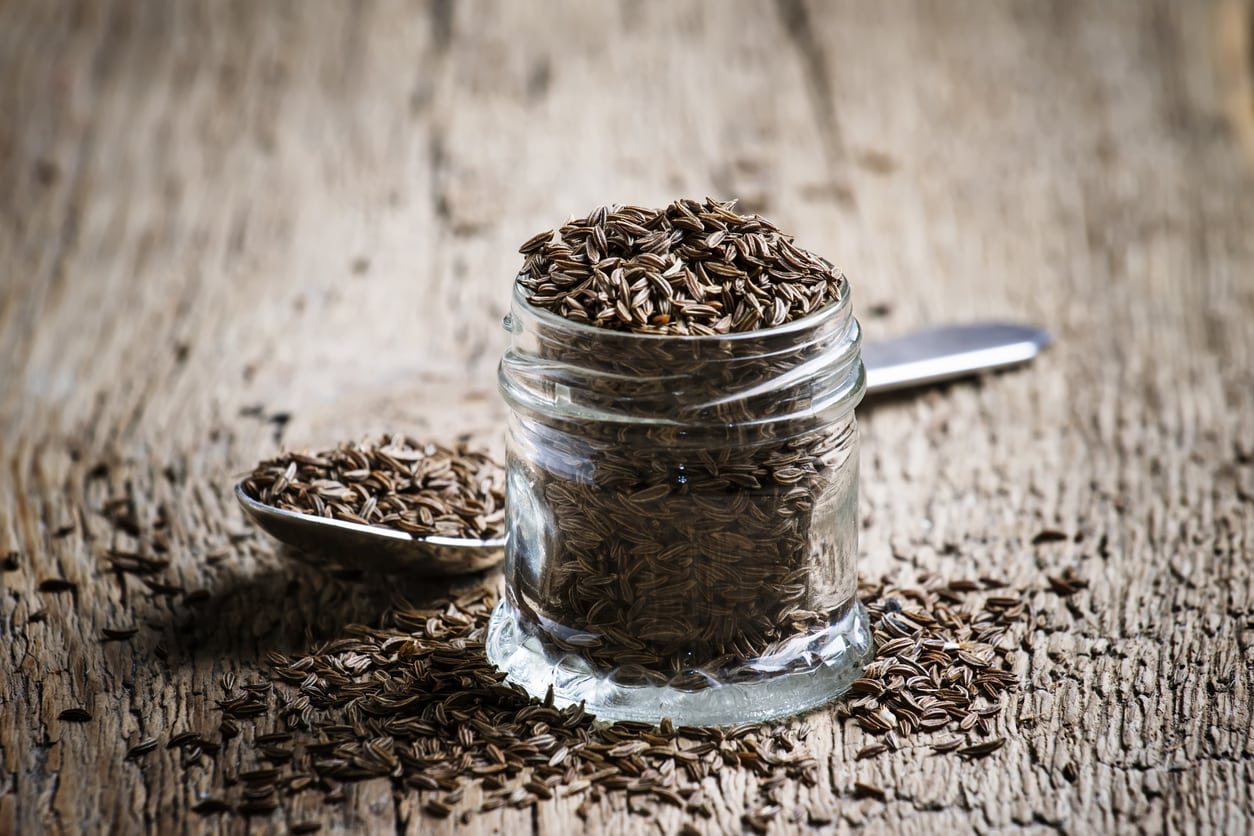 Caraway Uses – What To Do With Caraway Plants
Caraway Uses – What To Do With Caraway PlantsIt’s the caraway that sets rye bread apart from all other deli breads, but did you ever wonder how else to use caraway seeds? There are a plethora of caraway uses. Click this article if you’re interested in what to do with caraway post plant harvest.
By Amy Grant
-
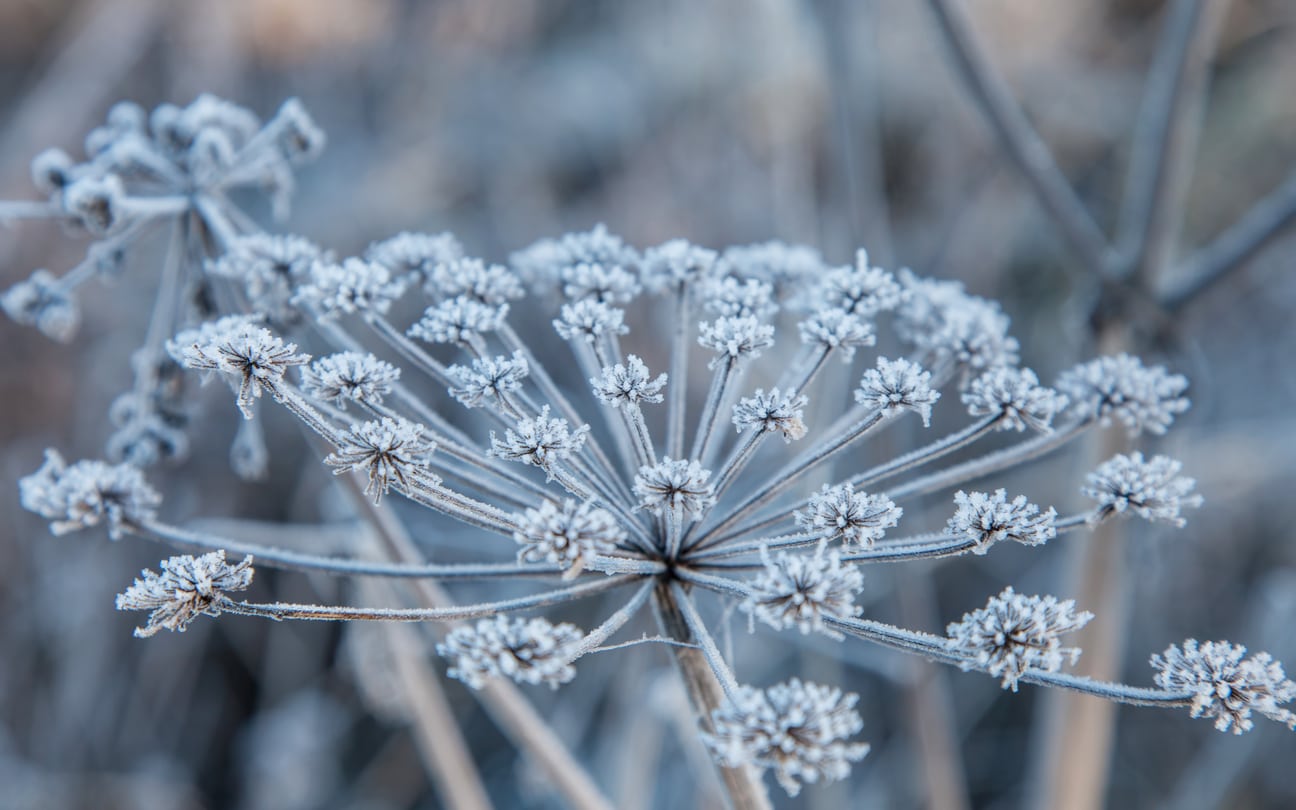 Caraway Winter Care – Caraway Cold Hardiness In The Garden
Caraway Winter Care – Caraway Cold Hardiness In The GardenKeeping caraway in winter isn’t a problem in mild regions, but in chillier areas, caraway winter protection is a must. Click this article to learn about caraway winter planting, caraway cold hardiness, and how to make sure your plants make it to spring.
By Teo Spengler
-
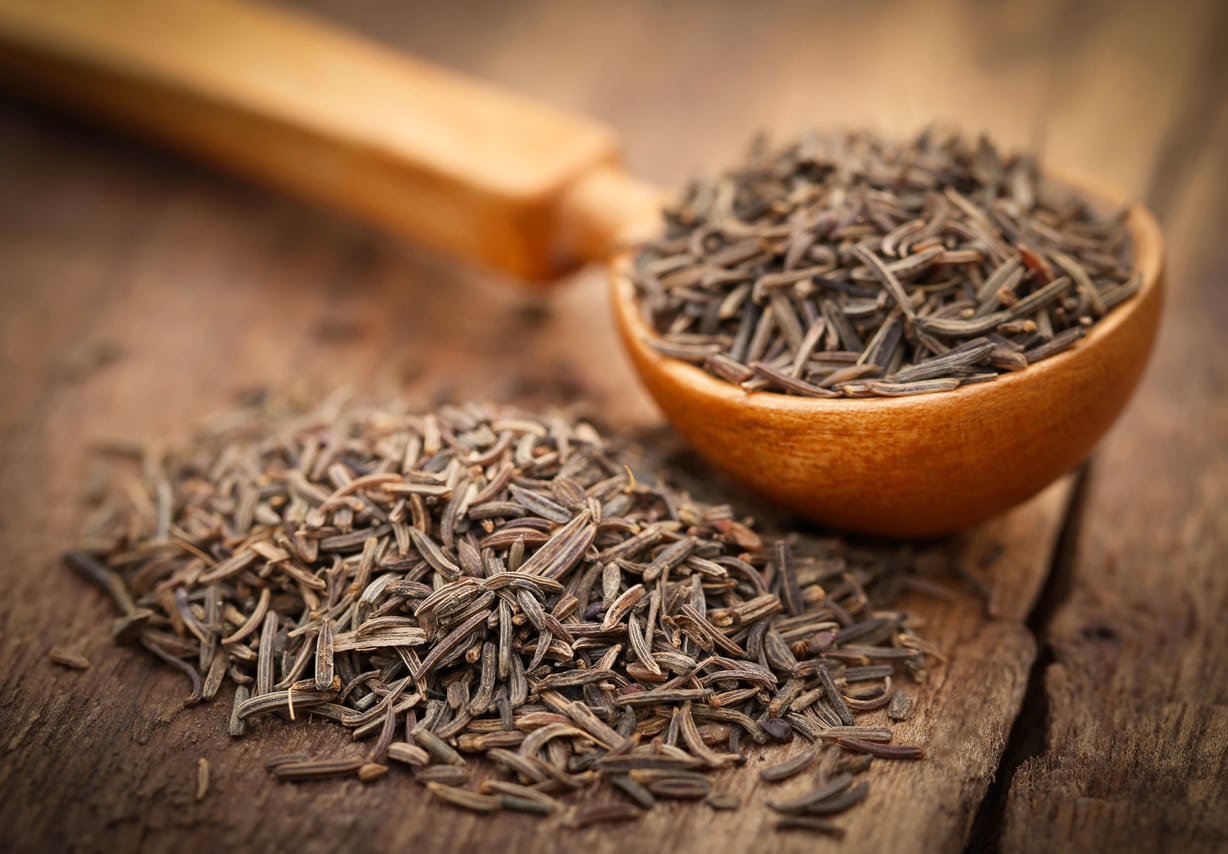 Harvesting Caraway Seeds – When To Pick Caraway Plants
Harvesting Caraway Seeds – When To Pick Caraway PlantsThe most commonly used part of caraway is the seed. It is an easy plant to grow and harvesting caraway seeds is just a two-step process. Click on the following to learn when to pick caraway so the seeds will be at the peak of their flavor.
By Bonnie L. Grant
-
 Planting Seeds Of Caraway Plants – Tips For Sowing Caraway Seeds
Planting Seeds Of Caraway Plants – Tips For Sowing Caraway SeedsGrowing caraway from seed isn’t difficult, and you’ll enjoy the appearance of the lacy leaves and clusters of tiny white flowers. Once the plant is mature, you can use leaves and seeds in a variety of flavorful dishes. Learn how to plant caraway seeds in this article.
By Mary H. Dyer